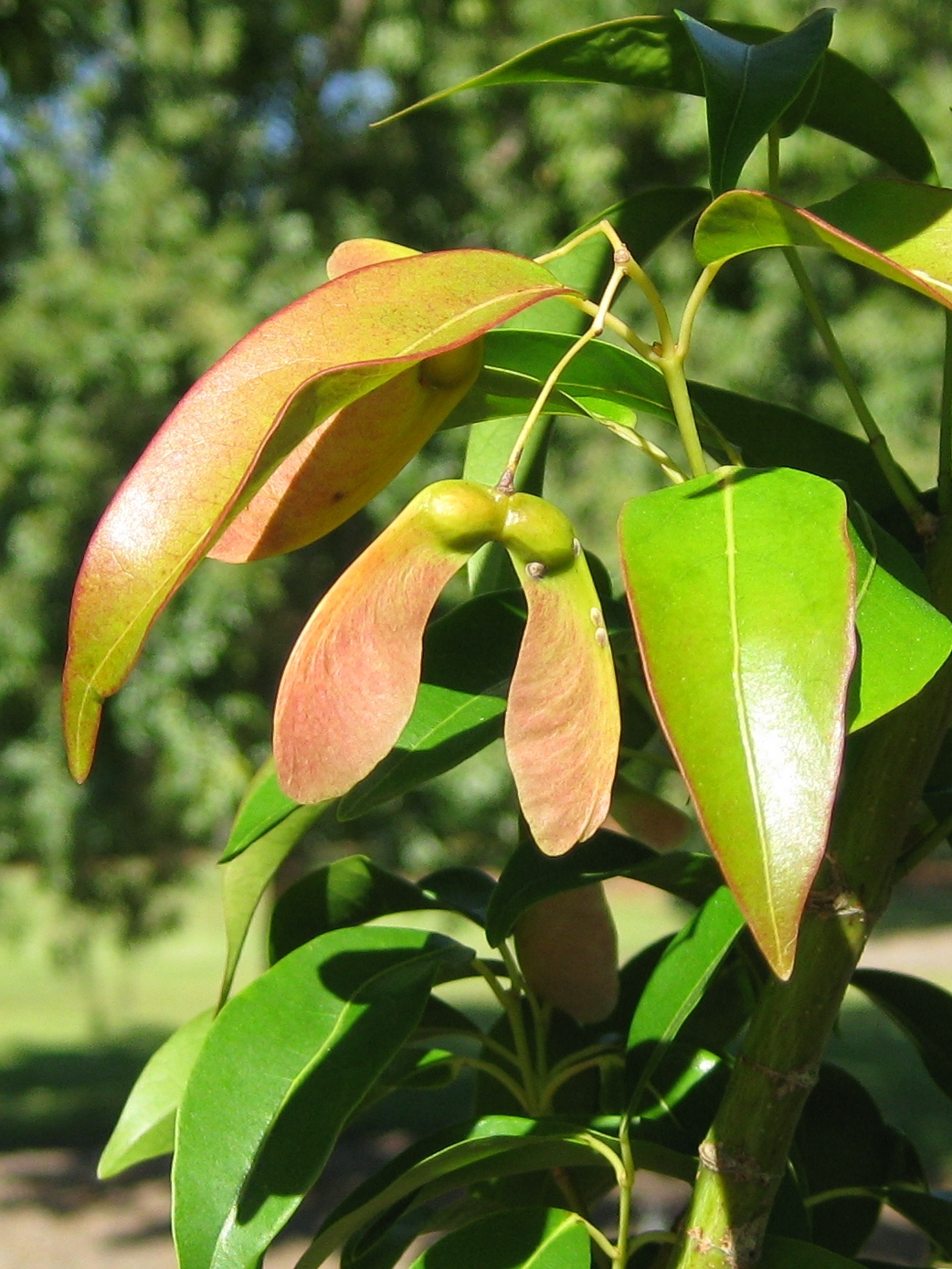
by Gary Knox | Dec 2, 2013
Acer fabri (Faber’s Maple) is unlike maples familiar to most people as it does not have the typical three or five-lobed leaves. Instead, leaves of Faber’s maple are un-lobed, slender and very glossy. In addition, most people know maple as a deciduous tree, dropping its leaves in fall, whereas Faber’s maple is evergreen.
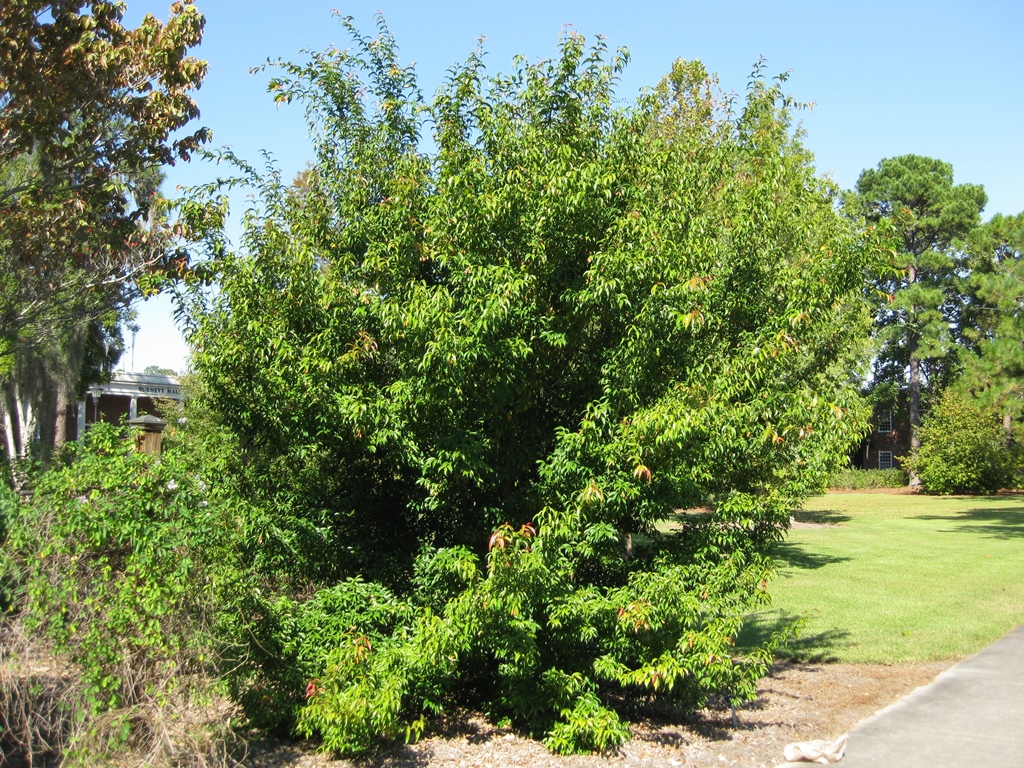
Figure 1. Acer fabri, Faber’s maple. (Photo by Gary Knox)
Faber’s maple grows as a small, broad tree up to a height of about 30 feet. Leaves on new growth are tinted red, and the familiar samaras (“helicopter” fruits), appearing in September, are also red. New growth on some trees has more red coloration than on others, suggesting the possibility of selecting forms with more red coloration. Hardiness is not confirmed but it is believed to be adapted to USDA Cold Hardiness Zones 7b-9. Leaves reportedly senesce and fall when winter temperatures drop to the low 20s or high teens (°F). Accordingly, Faber’s maple is likely to be evergreen in most of Florida and semi-evergreen after cold winters or when grown in the cooler areas of its hardiness range.
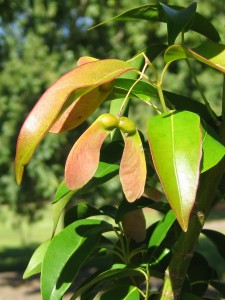
Figure 2. Closeup of the red tinted leaves and fruits of Faber’s maple. (Photo by Gary Knox)
Faber’s maple is native to mixed forests of Vietnam and central and southern China, where it is known as “luo fu feng”. This slow-growing tree fares best in partial sun and well-drained soil. No serious pests are known at this time.
The reddish new growth, glossy green leaves, red fruits and growth as a small evergreen tree collectively make this a very ornamental tree. Rare in cultivation, Faber’s maple deserves to be planted and evaluated more widely. Propagation is by seed and reportedly summer cuttings.
Acer fabri (Faber’s maple) has not yet been evaluated using the IFAS Assessment of Non-Native Plants in Florida’s Natural Areas web assessment tool. Without this assessment, the temporary conclusion is that A. fabri is not a problem species at this time and may be recommended.
by Gary Knox | Sep 30, 2013
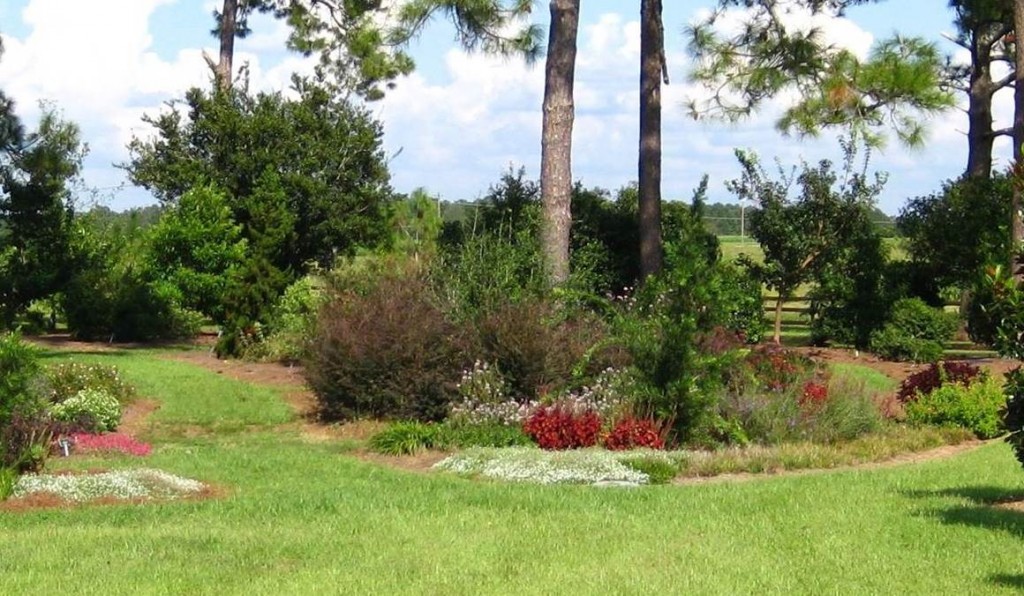
The Discovery Garden, showcasing new plants, in Gardens of the Big Bend at UF/IFAS North Florida Research and Education Center, Quincy.
The University of Florida Institute of Food and Agricultural Sciences presents “Art & Garden,” Saturday October 5, at the North Florida Research and Education Center (NFREC) in Quincy. The free event will highlight creative ways to explore visual art and the art of gardening.
Spend the day learning, discovering and engaging in fun activities for the whole family. Learn about floral arranging, container gardens, native plants that attract wildlife, and combating pests and invasive plants in your garden. Join a walking tour of the Gardens or take a trolley tour to view cold-hardy citrus and deciduous fruit. Watch plein-air artists painting on-site throughout the garden. Discover how to make mosaic stepping stones as well as birdbaths from large leaves. Children can spend the day painting pumpkins, planting sweet potato sprouts to take home, or painting, drawing, and making birdfeeders with staff and volunteers from the Gadsden Arts Center.
An exciting array of trees, shrubs, flowers, organic produce and arts and crafts will be for sale. NFREC staff will be offering free soil testing and a plant disease clinic, so bring a sample of your soil or a clipping of a plant problem from your home garden. The day-long, family-friendly event is free and open to the public.
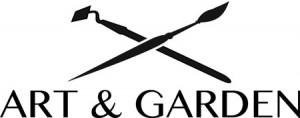
When:
Saturday, October 5, 9:00 am to 4:00 pm EDT
Where:
University of Florida/IFAS, North Florida Research and Education Center, 155 Research Road, Quincy, FL. Located just north of I-10 Exit 181, 3 miles south of Quincy, off Pat Thomas Highway, SR 267.
Who:
Presented by the University of Florida Institute of Food and Agricultural Sciences, North Florida Research and Education Center in collaboration with the Gadsden Arts Center, Gardening Friends of the Big Bend, Havana Garden Club, Quincy Garden Club, and the Tallahassee Plein-Air Artists. Sponsored in part by the Gadsden County Tourist Development Council.
Saturday’s Program:
Plant, produce and art sales by vendors
- 9:30 am Walking Tour of the Garden with Dr. Gary Knox—See new plants and capture information on your smart phone via QR codes
- 10:00 am How to Make Mosaic Stepping Stones
Wendy Adams, Havana Garden Club
Garden Pavilion
- 10:30 am Trolley Tour — Cold Hardy Citrus and Deciduous Fruits
Dr. Pete Andersen and Dr. Russ Mizell
- 11:00 am Floral Arranging Demonstration
Kay Edwards, Quincy Garden Club
Garden Pavilion
- 12:00 am Art Lecture, “Getting a Lay of the Land”
Dr. Katerie Gladdys, University of Florida School of Art
Exhibit Hall
~ First Silent Auction ends ~
- 1:00 pm How to Make and Decorate Elephant Ear Birdbaths
Cathy Boatright, Havana Garden Club
Garden Pavilion
- 1:30 pm Trolley Tour — New Plastic Mulches for Vegetable Production
Dr. Josh Freeman
- 2:00 pm How to Make a Container Garden
Dr. Gary Knox
Garden Pavilion
- 3:00 pm Walking Tour of the Garden with Dr. Gary Knox – See new plants and capture information on your smart phone via QR codes
~ Second Silent Auction ends ~
- 3:30 pm Raffle Winner Announced and Children’s Art Show Best in Show Announced
By Dawn McMillan and Gary Knox
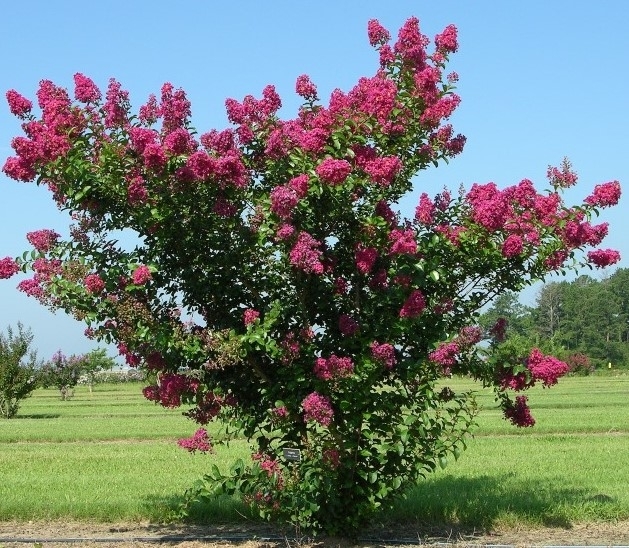
by Gary Knox | Jul 29, 2013
Crapemyrtle flowering has been spectacular this year!
While most other garden plants droop from summer’s heat, humidity and heavy rains, crapemyrtle thrives and puts on an outstanding show of flowers all summer and fall. Thanks to modern breeders, there are all sizes of improved hybrid crapemyrtles with flower colors of lavender, purple, white, pink, or red.
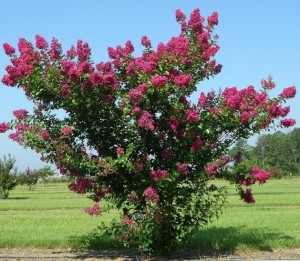
Crapemyrtle Cultivar: ‘Tonto’
Image Credit: Gary Knox
Just say “No” to Pruning
- Crapemyrtle varieties come in tree-size, patio tree and shrub categories.
-
Tree-size crapemyrtles grow 25 ft. tall and are ideal as flowering trees. Patio tree-form plants (up to 12 ft.) are beautiful as small, flowering specimen plants near patios, walkways, and entrances. Shrub forms (up to 6 ft.) make excellent accents in a shrub border and smaller types are effective as large groundcovers or container plants.
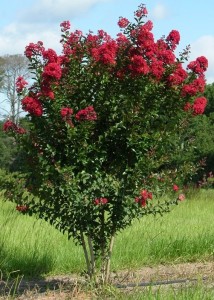
Crapemyrtle Cultivar: ‘Red Rocket’
Image Credit: Gary Knox
- Make sure you buy the right size crapemyrtle for your home. Don’t make the mistake of planting a tree-size crapemyrtle in an area too small for its ultimate size, or you’ll find yourself pruning it hard – and often – to keep it from out-growing its place.
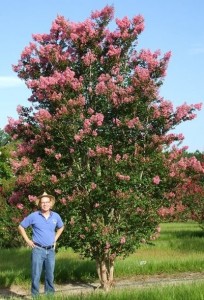
Crapemyrtle Cultivar: ‘Sioux’
Image Credit: Gary Knox
Recommended Varieties
- Some of the best tree-size (25 ft.) types are Natchez (white), Red Rocket® (red), Sioux (pink) and Apalachee (lavender). Superior patio tree crapemyrtles (12 ft.) are Acoma (white), Cheyenne (true red), Tonto (fuchsia red), Hopi (pink) and Catawba (purple). Smaller shrub (6 ft.) crapemyrtles are hard to find, but Cherry Dazzle® is a nice mounding red and Pixie White and New Orleans (purple) are good selections.
Planting and Garden Care
- When it comes to planting, crapemyrtle is very tolerant and forgiving with three exceptions. First, crapemyrtle needs sun to flower freely, so plant it in a site receiving at least six hours of direct sunlight each day. Secondly, crapemyrtle will not grow in wet soils. Finally, never plant crapemyrtle too deep — if you do so, it will punish you by not flowering for years and years. Planting too deep literally smothers the roots, requiring the crapemyrtle to regenerate a new root system in the soil above.
- Crapemyrtle is very drought tolerant and almost seems to thrive on neglect. On the other hand, regular watering and fertilizer will help crapemyrtle grow faster and bigger.
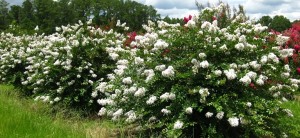
Crapemyrtle Cultivar: ‘Acoma’
Image Credit: Gary Knox
More Beauty on the Way!
- Breeders are continuing to improve and introduce new crapemyrtles. Many new varieties were released in the last couple years. In particular, watch for new types with purple-burgundy leaf color all summer long! Time will tell which new ones grow best in Northwest Florida. Stay tuned as the world of crapemyrtle continues to evolve and improve!
*Gary Knox is Professor of Environmental Horticulture with the University of Florida. He is stationed at the North Florida Research and Education Center in Quincy, where he evaluates more than 100 cultivars of crapemyrtle.










